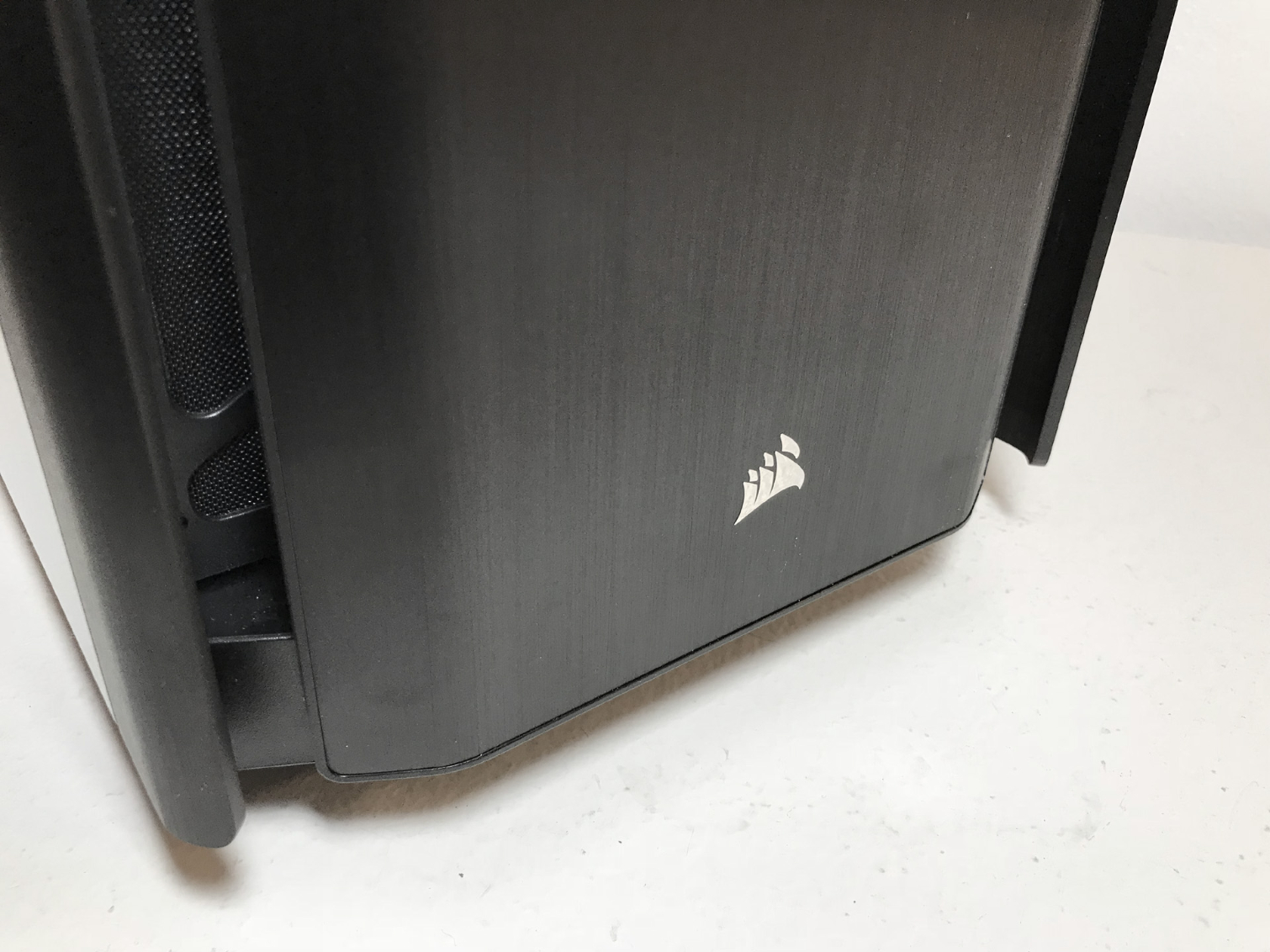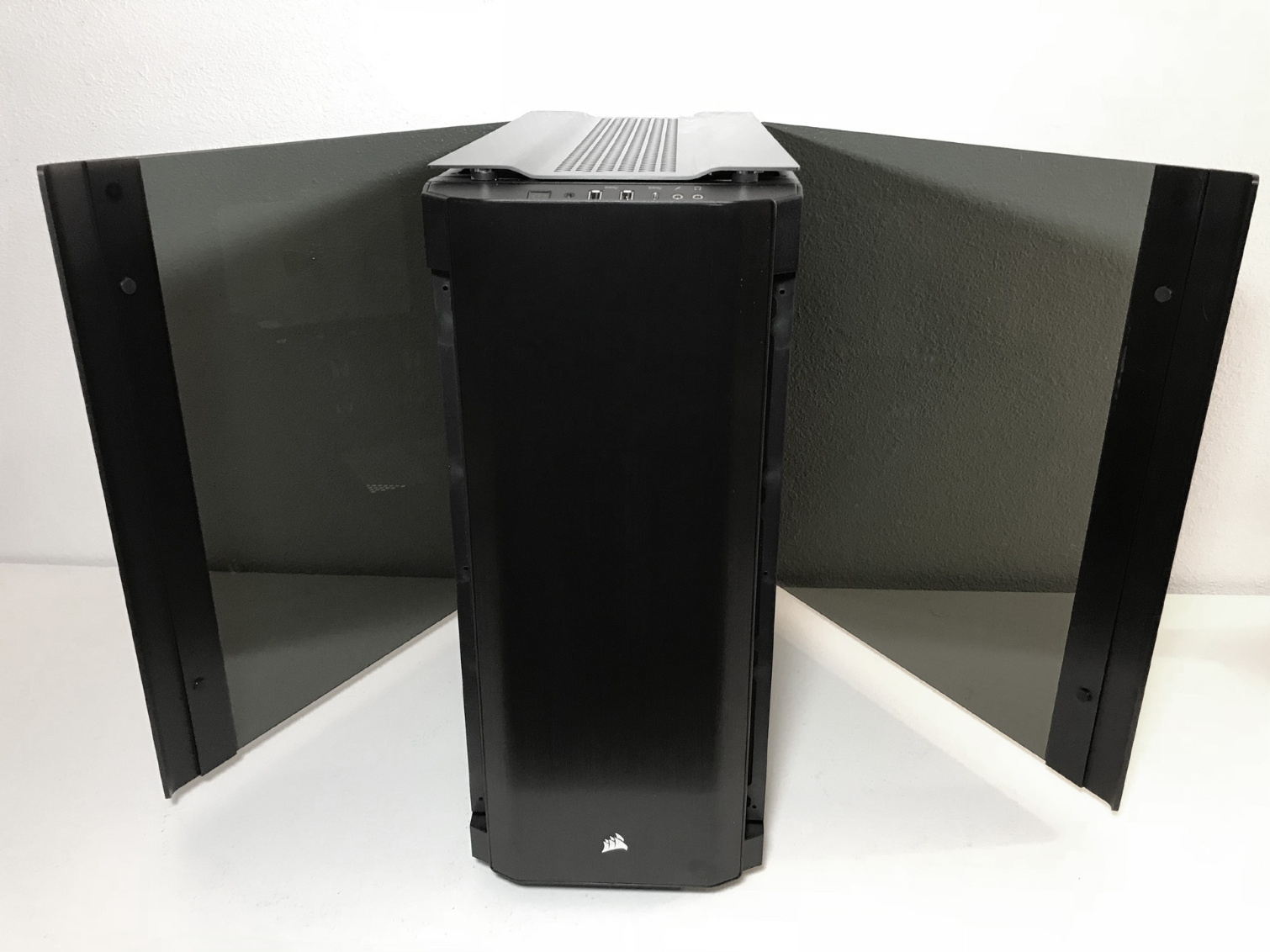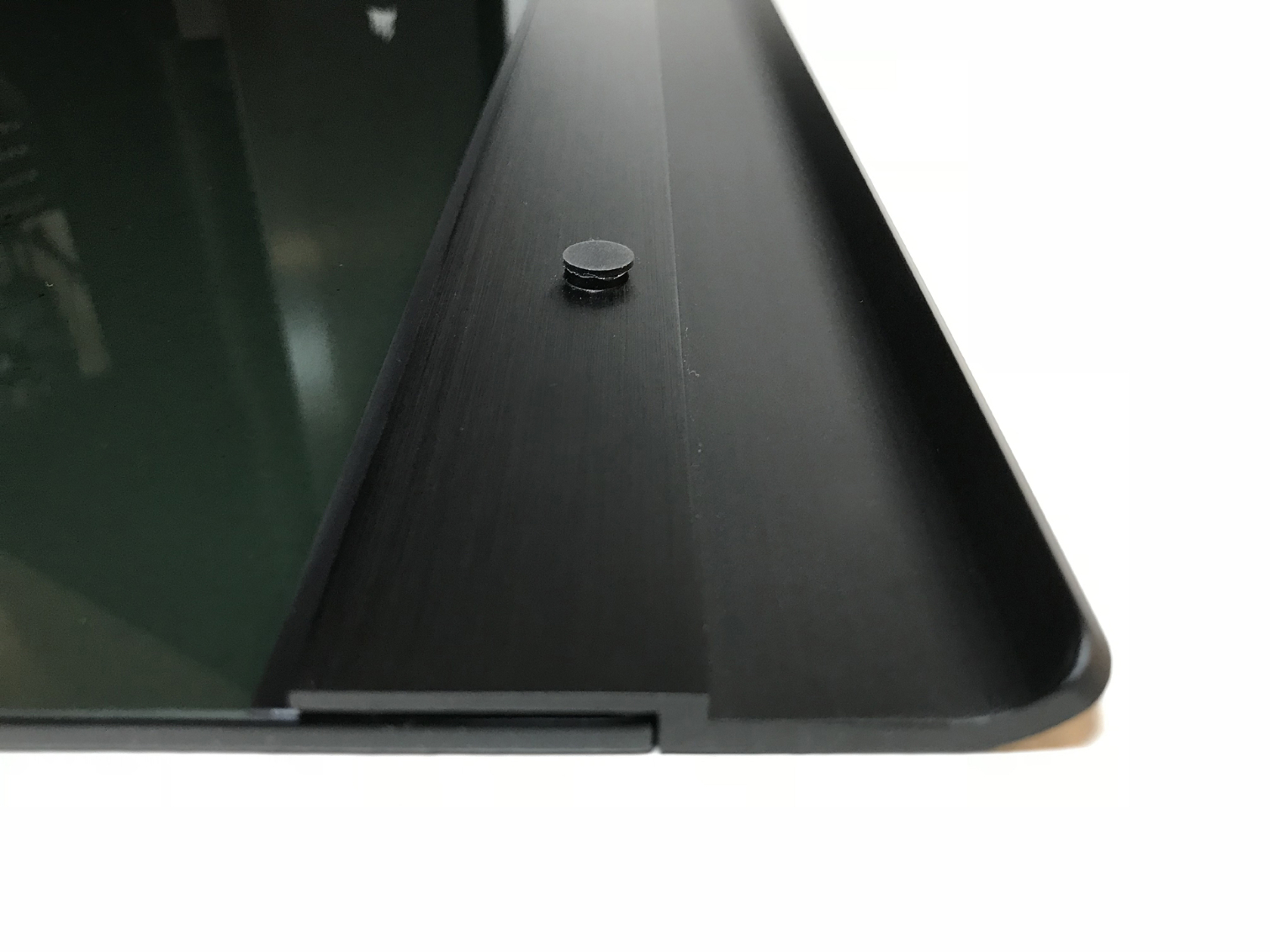Early Verdict
Overall, enthusiasts shopping for a feature packed, attractive, builder-friendly case for an exceptionally quiet system build, will no doubt find the Corsair Obsidian 500D a viable option. Overclockers and performance enthusiast will need to factor in the cost of added fans and/or water cooling components to the price of their system build to compensate for lacking thermal performance. In the end, we believe this chassis would be a much better value in the $120 range.
Pros
- +
Very Well Designed Hinged Tempered Glass Side Panels Great Fit and Finish Great Looks
Cons
- -
Price, for some Single 120mm Intake Fan Lacking Cooling Performance
Why you can trust Tom's Hardware
Features & Specifications
Corsair hardly needs an introduction here: The company is a key provider of enthusiast-grade components over the past two decades, with a major following among the PC performance community. Today, the company is rolling out the latest addition to its Obsidian line of premium computer chassis.
Billed as a chassis that makes it "easier than ever to build your dream PC," the Obsidian 500D premium ATX mid-tower features aluminum and tempered-glass panels attached to a steel frame. This chassis measures 508x233x502mm (HWD), weighs 24.6 lbs, and is painted black inside and out.
The entire top of the chassis is covered by a raised aluminum panel that features a row of triangular ventilation holes down the center. Underneath the top panel, you will find mounting locations for two 120mm or two 140mm fans. Corsair also includes a large plastic filter in this location that removes from the side; the filter edges are magnetic, and it's washable. The top panel is held in place by thumbscrews that thread into it from the inside of the chassis.
Like so many cases these days, the 500D is not equipped with an external 5.25" drive bay. That may, or may not, be a deal-breaker for some. The front of the chassis is covered by a thick plastic panel with a thin brushed-aluminum insert designed to match the look of the aluminum top panel. The outer edges of the front panel are curved to allow air to pass into the chassis through the magnetic filter that covers the three fan-mounting locations behind the front face. The upper edge of the front panel is home to a power button, two USB 3.0 ports, a single USB 3.1 Type C port, headphone and microphone jacks, a hard drive activity LED, and a reset switch.
Around back, you'll find the standard motherboard I/O area, seven expansion-card slots (plus two card slots for vertical-mounted GPUs), an opening for a bottom-mounted power supply unit, and an exhaust-fan mounting location that supports 120mm fans. The exhaust-fan mounting location features slotted screw holes that lets you adjust the position of the fan to fine-tune airflow or make room for system components. The bottom of the chassis sports a filtered hole for power supply ventilation and four large rubber-coated feet that elevate the case approximately a half inch off the ground.





The tempered-glass and aluminum side panels are hinged in the rear and employ a magnetic latching system that grants instant access to the inside of the chassis. The tempered glass is darkly tinted, but it's still transparent enough for you to see your system hardware. Lifting the side panels off the chassis requires the removal of a single screw on the top hinge on either side. Once the screw is removed, the side panel can be safely removed from the chassis.



The 500D is equipped with large removable nylon filters that cover every fan-mounting location, including the power supply. The fan filters in the top and front of the chassis slide in and out for easy maintenance and are held in place by magnets. The power supply filter slides out from the rear and requires moving your entire system to access it for maintenance and cleaning.
Get Tom's Hardware's best news and in-depth reviews, straight to your inbox.



Although the "look" of a case is subjective, we believe most people will find the look and design of this chassis suitable for a variety of different environments from business to gaming.
MORE: Best Cases
MORE: All Case Content
Steven Lynch is a contributor for Tom’s Hardware, primarily covering case reviews and news.



